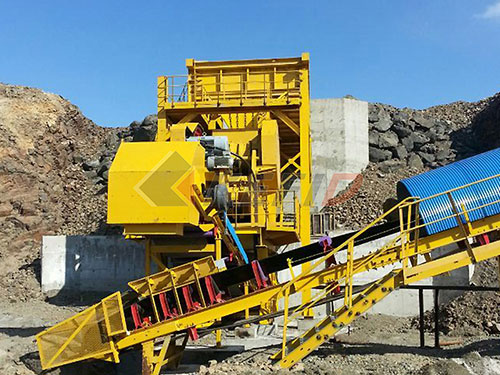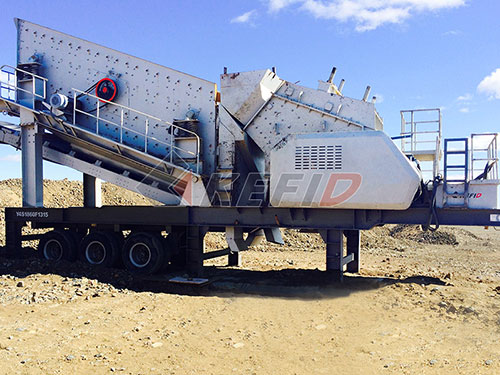The Mighty Miniature: Why Model Stone Crushers Are Essential Tools
In the rugged world of mining and aggregate production, full-scale stone crushers reign supreme – massive machines capable of pulverizing mountains of rock into usable gravel, sand, or dust. Yet, alongside these industrial titans exists a quieter, equally crucial counterpart: the model stone crusher. Far from being mere toys or simple replicas, these scaled-down versions are indispensable tools for innovation, education, and efficient operation planning.
Beyond Replication: The Core Value Proposition

A model stone crusher isn’t just a shrunken image; it’s a functional representation designed to accurately simulate the crushing process. Its primary value lies in several key areas:

1. Research & Development Powerhouse: Developing new crushing technologies or optimizing existing ones is expensive and risky at full scale. Model crushers provide a vital testing ground.
Testing Novel Designs: Engineers can prototype and test innovative crushing chamber geometries, rotor designs (for impact crushers), jaw plate profiles (for jaw crushers), or novel wear materials in a controlled environment before committing vast resources to full-scale manufacturing.
Process Parameter Optimization: Models allow researchers to meticulously study the effects of variables like feed size distribution, feed rate, crusher speed (RPM), closed-side setting (CSS), and moisture content on critical outcomes: product particle size distribution (PSD), throughput capacity, energy consumption per ton crushed, and wear rates. This data is invaluable for calibrating predictive models and optimizing real-world operations.
Material Characterization: How will a newly discovered ore body behave under crushing forces? Models allow for preliminary testing of specific rock types to understand their crushability (work index), abrasiveness, and potential impact on wear parts.
2. Education & Training Made Tangible: Understanding the complex dynamics inside a crushing chamber is challenging through diagrams alone.
Visualizing the Process: Transparent models or cutaway sections offer unparalleled insight into how rocks are nipped, compressed, impacted, or sheared within different crusher types (jaw, cone, impact). Students and new operators can literally see the fragmentation process unfold.
Hands-On Learning: Operating a model allows trainees to grasp fundamental concepts like setting adjustments (CSS/OSS), choke feeding vs. regulated feeding effects on performance and wear without the immense noise, dust hazards, or safety risks associated with full-size machines. They can experiment safely.
3. Process Simulation & Flow

Leave a Reply